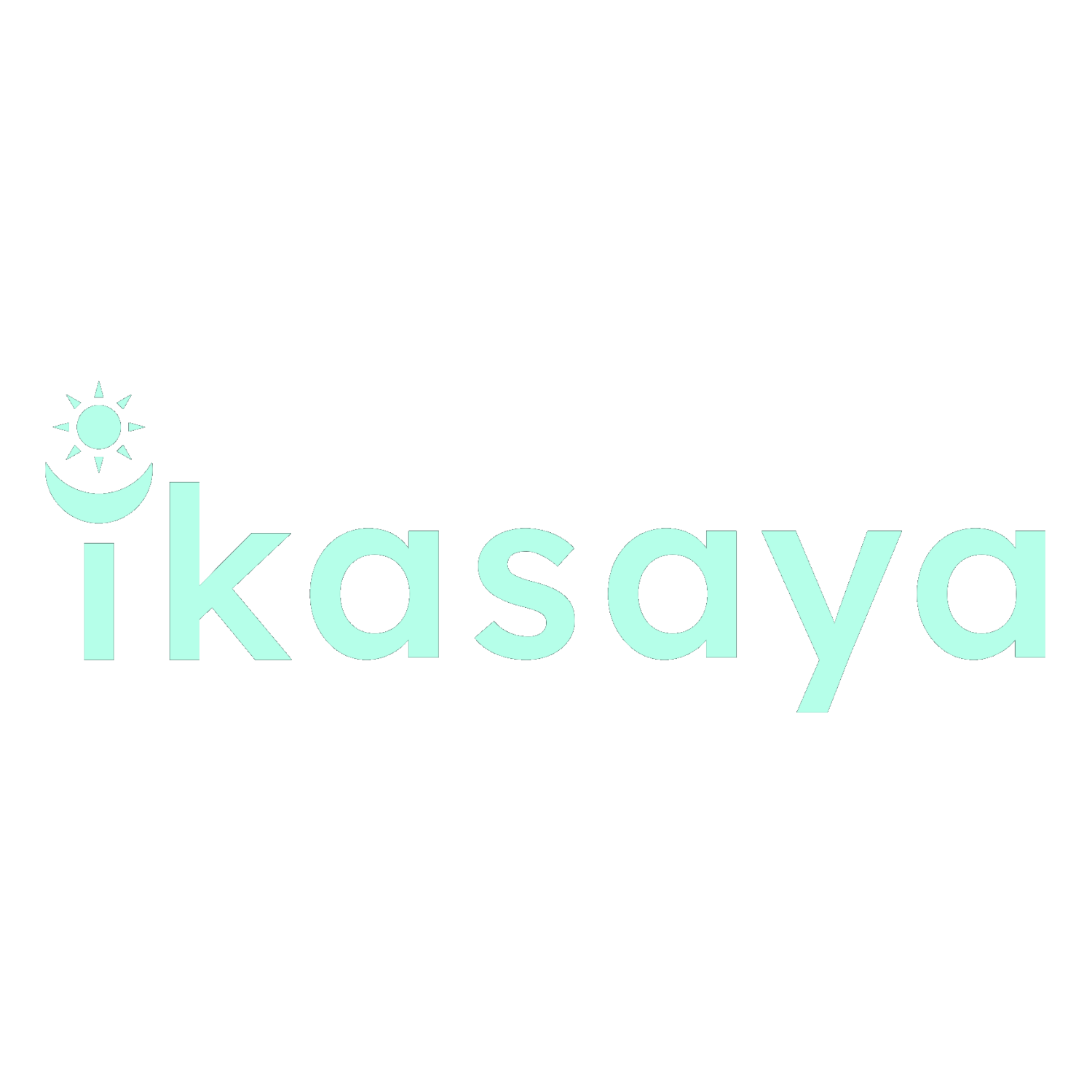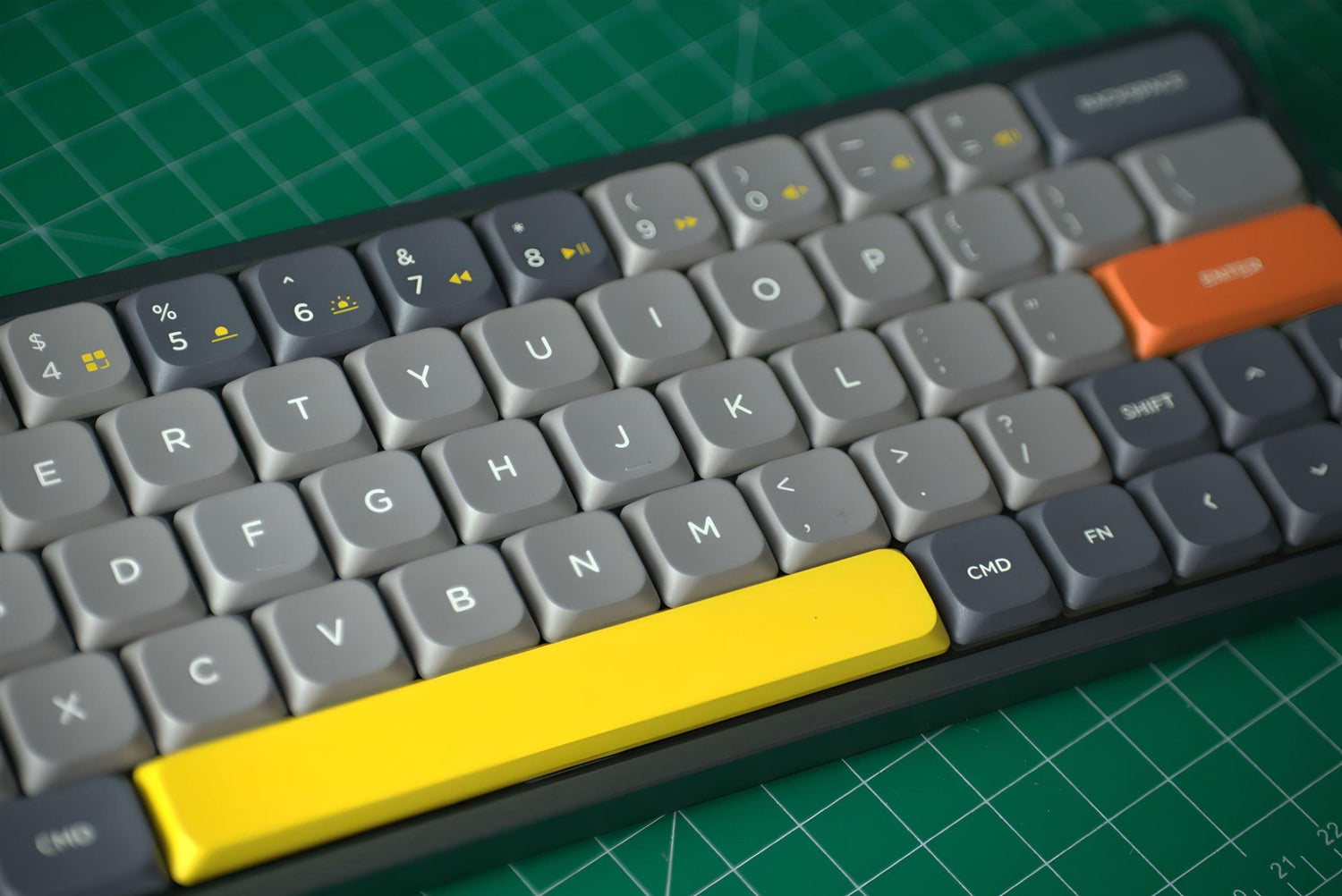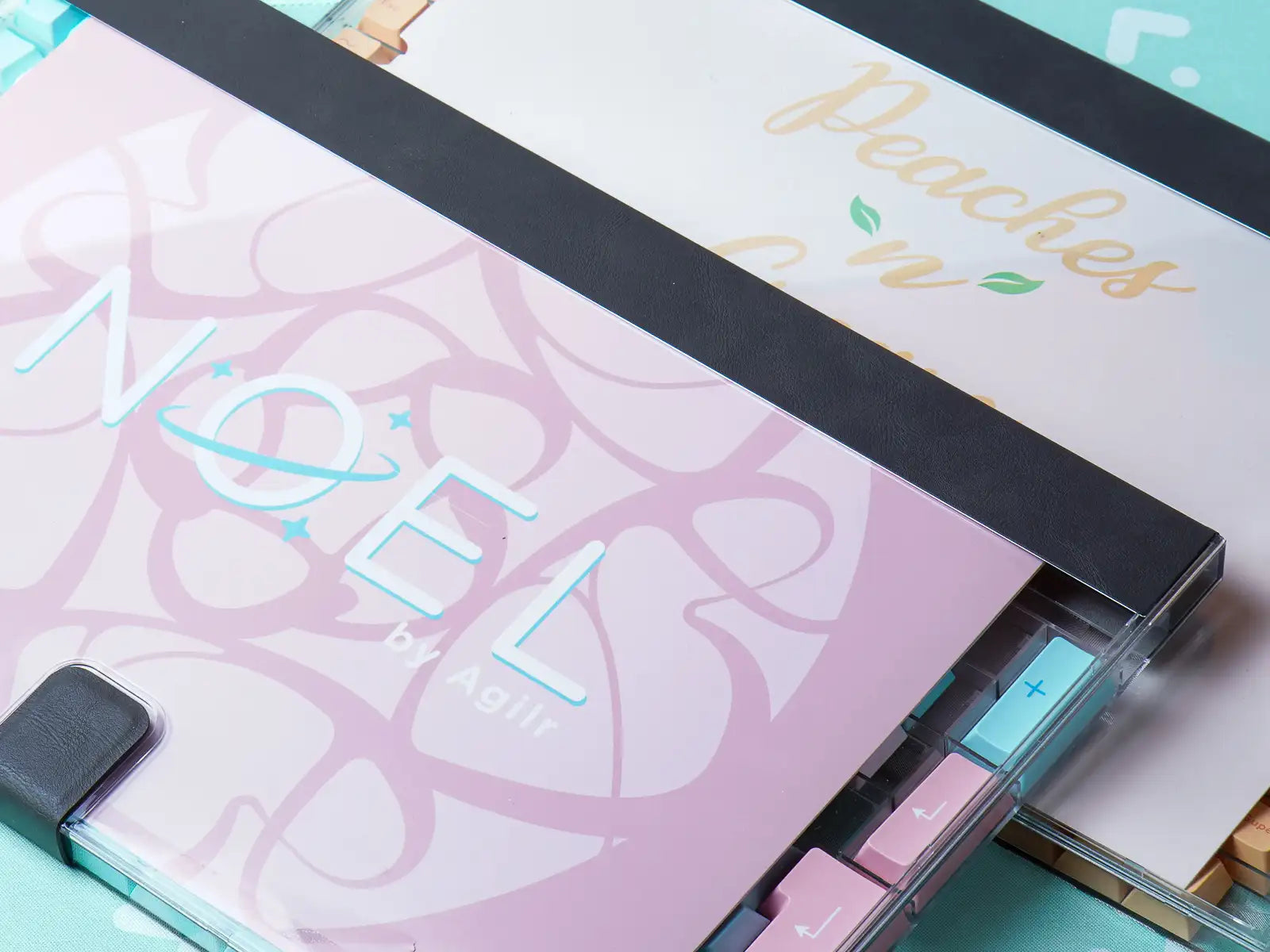So, you’ve heard about mechanical keyboards, and now you’re curious. Whether you’re a gamer, a productivity enthusiast, or just someone who loves cool tech, mechanical keyboards are a rabbit hole worth diving into—but fair warning, it might get expensive! This hobby has a way of making you throw your wallet into the abyss of endless possibilities. Let’s explore why.
What Are Mechanical Keyboards?
At their core, mechanical keyboards are a major upgrade over the average membrane keyboard that comes with most computers. The difference lies in how the keys register your presses:
- Mechanical Keyboards: Each key has a mechanical switch with a spring-loaded stem that moves up and down, closing a circuit to register your input.
- Membrane Keyboards: These use a rubber dome that presses onto an electrocapacitive PCB, registering a keypress when the dome touches the board.
The result? Mechanical keyboards offer a more satisfying typing experience with better durability and customization options.
Why Are Mechanical Keyboards So Popular?
For me, it all started during the pandemic when I saw the legendary TaehaTypes typing video with a Klippe keyboard fitted with Holy Panda switches. The sound was mesmerizing, like Mr. Krabs walking around! It was a revelation that keyboards could feel and sound this good. Since then, the hobby has exploded with new options, from budget-friendly kits to high-end enthusiast builds. You can even create a keyboard that matches your PC setup perfectly.
The Benefits of Mechanical Keyboards
So, why should you consider upgrading to a mechanical keyboard? Here are the biggest perks:
- Durability: Switches last for tens of millions of presses, far outlasting membrane keyboards.
- Custom Feel & Sound: Whether you prefer smooth (linear), tactile feedback, or a clicky typewriter feel, there’s a switch for you.
- Personalization: Customize the layout, keycaps, and even the switches to make it truly your own.
The Downsides to Keep in Mind
Not everything about mechanical keyboards is perfect. For example:
- Noise: Depending on your switch type, they can be quite loud, which might not work in shared spaces. Luckily, silent switches are an option, though the lack of sound might feel strange at first.
- Price: A decent keyboard can be an investment, but there are plenty of affordable ways to get started.
What to Look For in Your First Keyboard
Choosing your first mechanical keyboard can be overwhelming, so here are the key things to consider:
1. Layout
- Full-Size: Includes a numpad and all the keys you’re used to. Great for office work.
- Tenkeyless (TKL): Removes the numpad for more desk space. Perfect for gamers.
- 65% or 60%: Compact layouts without a dedicated function row or numpad. The 65% layout is hugely popular because it includes arrow keys, striking a balance between functionality and size.
2. Switch Type
Understanding switches is key. Here’s a quick rundown:
- Linear: Smooth from top to bottom, great for gaming.
- Tactile: A small bump lets you know when the keypress is registered, ideal for typing.
- Clicky: Combines tactile feedback with an audible click, giving that classic typewriter vibe.
For beginners, I recommend linear switches, like the Akko V3 Cream Yellow Pro—a solid performer at a great price.
3. Hot-Swappable Keyboards
If you’re new to mechanical keyboards, go for a hot-swap model. These let you change switches without soldering, making it easy to experiment.
Customizing Your Keyboard
One of the coolest parts of the hobby is customization. The easiest way to start? Swap out your keycaps. A new set can completely transform your keyboard’s look. Want to take it further? Try:
- Lubing Switches: Smooths out the feel and enhances the sound.
- Adding Foam: Improves acoustics by dampening unwanted noise.
Common Beginner Mistakes
When buying your first mechanical keyboard, watch out for these pitfalls:
- Keycap Compatibility: Make sure the keycap set you choose fits your keyboard’s layout. Some sets might not include specific keys like arrow keys for 65% boards.
- Overpaying for Features: Enthusiast features like gasket mounting or exotic materials are fun, but they’re not necessary to enjoy your first build.
Recommended Brands
For a great starting point, check out these brands:
- QwertyKeys Neo Series: Excellent value for high-quality base kits.
- Weikav: Affordable, sub-$100 keyboards that don’t skimp on quality.
Getting Started on a Budget
If you’re tight on funds, don’t worry—you can still enjoy the hobby:
- Modding: Start with a budget board and enhance it with lubed switches, foam inserts, or tape mods. Small tweaks can make a big difference.
- DIY Kits: Many affordable kits now come with everything you need to build a great keyboard.
Learn More About Mechanical Keyboards
The best way to dive deeper? Head to YouTube. There’s a ton of content out there, from reviews to build guides, that’s both informative and addictive to watch. Trust me, you’ll end up binge-watching!
Ready to Jump In?
Mechanical keyboards are more than just a tool—they’re an extension of your personality. Whether you’re looking for performance, aesthetics, or just something fun to build, there’s a keyboard out there for you. So go ahead, start exploring, and prepare to fall in love with this rewarding hobby.



Leave a comment
This site is protected by hCaptcha and the hCaptcha Privacy Policy and Terms of Service apply.